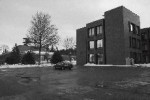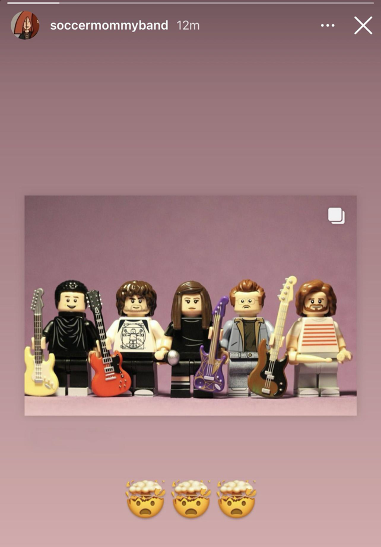Comm. department gets a home

Get ready for even more construction.The Castleton State College Communication Department is set to receive a massive makeover in the coming months, as construction of an expanded facility to house the department will begin in late spring.
The roughly 4,400 square-foot addition will connect to the north side of Leavenworth Hall and will be built on the space currently occupied by the faculty parking lot adjacent to the Wright House.
The $1.3 million project is funded by the Jeremy Brown Trust and the leftover cash from the Campus Center construction loan. Construction is expected to be completed sometime during the fall 2009 semester.
“We’ve been chipping away at Leavenworth all along,” Castleton Dean of Administration Bill Allen said, adding that smaller construction projects, such as a redesign of the air-conditioning system, have taken place in recent years. “(But) it’s never been a big project all in itself.”
Features of the new addition include several new offices, a computer/student lounge, additional storage space, a long-overdue new television studio and control room.
More importantly, the addition, for the first time, brings together several of the campus media outlets, that have in the past been housed in different buildings.
“After all these years, I still find it tenable that the rest of the communication department is in separate locations,” Communication Department Chairperson and video professor Robert Gershon said.
Currently, the campus television studio is located in the Fine Arts Center, while the radio station and newspaper is located in Haskell and Leavenworth Halls respectively. The new addition will house both the campus newspaper and television studio.
“We’re united at last,” Gershon said. “But you can’t get the best without giving something up.”
Original plans for the communication department included a revamped setup in the new, improved, and currently under construction Campus Center. But due to a variety of technical and cost-related reasons, the college chose to build an addition to Leavenworth Hall instead.
The campus radio station will ultimately be relocated to the new Campus Center, on the opposite side of campus from Leavenworth’s upcoming addition.
Even still, members of the department seem happy.
“I’m excited about just being closer to Bob (Gershon),” journalism professor and advisor to the campus newspaper David Blow said. “I think it would be neat to cross-pollinate print students and TV students.”
Across campus, construction is underway on the remaining elements the of the Castleton Student Initiative Project’s final phase, which include a newly designed Campus Center, a new athletic field, Spartan Stadium, and the remaining portions of Glenbrook Gymnasium.
And while the Leavenworth addition is considered a separate project from the rest of campus, its construction raises several questions amongst students and staff.
“I’m not sure where (faculty are) going to park during construction,” Blow said. “I’m sure there will be some head aches – growing pains.”
Robert Burge, Layout Editor of the campus newspaper and a frequent user of the paper’s office in the northern side of Leavenworth, had other concerns.
“The noise – during the countless hours that we’re in here (designing the newspaper),” Burge said, adding that construction sounds may become overwhelming at times and disrupt students in Leavenworth classes.
While there is an outside chance that construction may begin before classes end in the spring semester, the college hopes to do the bulk of the work when it’s more convenient for students and faculty.
“Most interior work will be done when it won’t bother people, over the summer,” Allen said. He also added that most summer courses will occupy classrooms on the opposite side of the construction, leaving them largely unaffected as well.
And while Castleton students may be growing weary of the seemingly endless construction kicking up dirt and blocking off walkways across campus, Allen assured student that it would all pay off in the end.
“I think it’s important that a college tries to remain fresh,” he said. “It’s impressive that many buildings on campus are hundreds of years old – but they don’t feel it.





